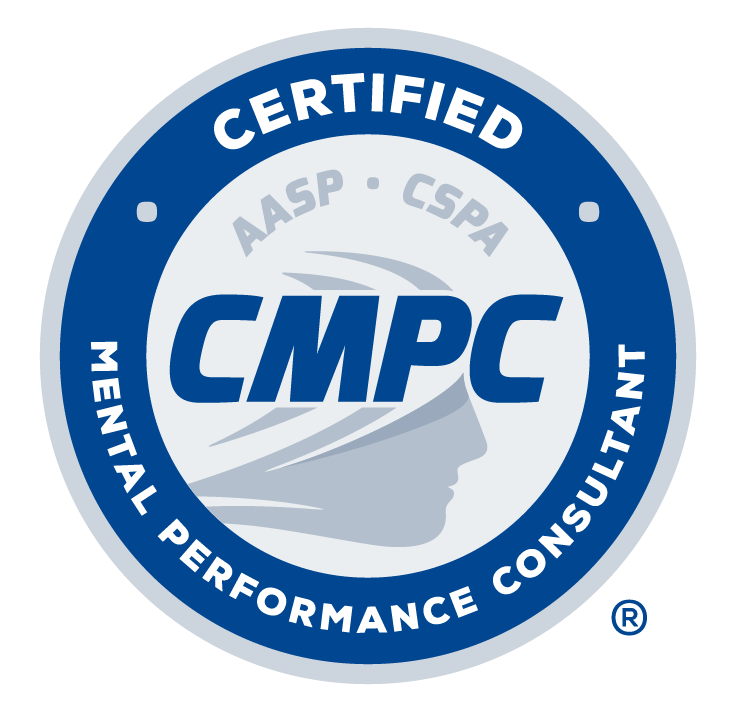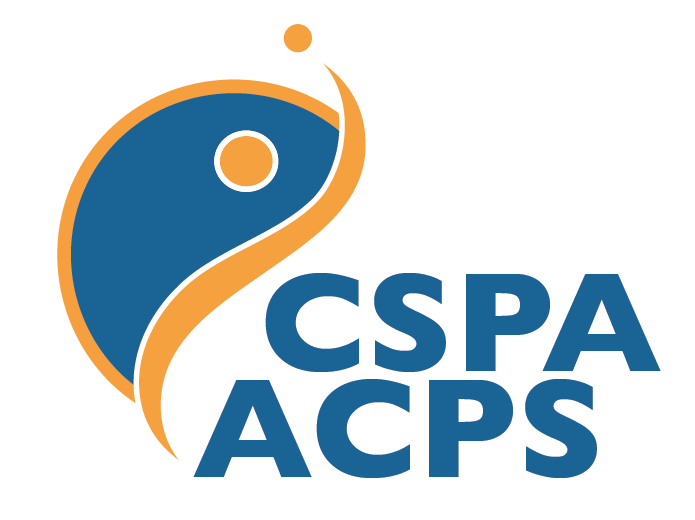Considering Ethics: Using the Internet in Sport Psychology
Jack C. Watson II and Edward F. Etzel
West Virginia University
As an organization that is dedicated to serving others, it is our responsibility to both protect the public, and to monitor our own behaviors. As part of this duty, AASP established an Ethics Committee in 1987, and adopted the Ethical Principles and Standards of the Association for Applied Sport Psychology in 1996 (Whelan, 1996). The principles are intended to be statements of ethical aspirations to help guide members in their ethical decision-making. The standards are intended to serve as a set of guidelines to be used as rules for making specific decisions, but are not intended to be all-inclusive. However, as new technology changes the way that sport psychology services are provided to the public, it is essential that ethical standards be developed to provide guidance for making appropriate decisions within these new scenarios.
The Internet has the potential to change the way that sport psychology research and services are provided. In recent years, the computer industry has made dramatic gains in the development of the Internet and other computer technology. As would be expected, sport psychology professionals are taking advantage of these improvements, and are developing new and innovative ways of using this technology to further their professional development. This technology is now being used to improve communication and the dissemination of information among professionals, students and laypersons.
These advancements in technology lead to several interesting possibilities and ethical dilemmas, which are of interest to the sport psychology profession. As technology improves, individuals are likely to either knowingly or unknowingly utilize these resources in ways that have the potential to advance the field, as well as to do harm to others (i.e., clients) and the field as a whole. In order to decrease improper use of the Internet, and to increase the effectiveness of its use, guidelines should be established to outline proper Internet procedures in the field of sport psychology. This article will briefly identify some of the potential uses of the Internet in sport psychology, identify potential misuses of the Internet in sport psychology, and make a plea for the ethical standards of AAASP to be updated.
Potential Uses of the Internet in Sport Psychology
The Internet and other computer resources have many and varied potential uses within the field of sport psychology. This section briefly outlines several of the recent developments related to the use of the Internet in sport psychology. This list should by no means be considered to be comprehensive.
Marketing and the Dissemination of Information
The Internet is an efficient and cost effective means of disseminating information to the public through WWW home pages, and advertisements on web sites, search engines and bulletin boards. These WWW web sites can even include question and answer services, self-help psycho-educational resources, and product sales.
Distance Learning, Guidance and Supervision
Through the use of secure web sites, educational institutions can allow individuals to access course assignments, read, listen to or watch lectures on specific topics, ask questions, receive guidance, and turn in course assignments. Furthermore, the Internet can also be used to access domain specific specialists in distant locations for supervision opportunities (Marino, 1996).
Counseling/Performance Enhancement
Use of Internet related technologies such as videoconferencing, chat rooms, e-mail, and teleconferencing can open the door and allow individuals from all backgrounds and geographic locations to receive help from a sport psychology practitioner. The Internet can also be used to improve the cost-effectiveness of face-to-face meetings (Sampson, 1998b), as preparation prior to meetings can take place over the Internet.
Locating Practitioners and Referrals
The Internet can be used by both professionals and laymen to locate qualified practitioners in specific geographic locations, or with specific specialties.
Medium for Discussion, Collaboration, and Job search
The Internet, and in particular list servers, chat rooms, FTP, and e-mail make locating information, initiating discussions and collaborating with others much easier and more cost-effective than in the past.
Testing and Assessment
Testing and assessment are common techniques used by sport psychology practitioners when working with athletes. Internet based technology now gives practitioners and clients 24 hour access to these assessment devices, and they can now be scored, and the results interpreted at any time or place (Fournier & Guastavino, 1999).
Potential Problems Surrounding the Use of the Internet in Sport Psychology
It seems obvious that the Internet is a very powerful tool with the potential to be very beneficial. However, as described by Sampson (1998b), several concerns also exist when helping professionals utilize the Internet for professional purposes. Concerns and potentially unethical practices related to Internet use by sport psychology practitioners are outlined next.
Training
The ability to effectively and ethically use the Internet to help clients should be thought of as a skill that needs to be developed through proper education, training, and supervision. Basic competencies that sport psychology practitioners who are interested in using the Internet in their practice should develop may include (a) use of Internet search engines, (b) evaluation of web site functioning, (c) integration of sport psychology interventions with Internet use, and (d) awareness of ethical issues and related professional standards.
Confidentiality
The possibility of a breach in confidentiality is expanded when information is transmitted electronically over the Internet (Hannon, 1996). Data encryption procedures only make stealing messages/data difficult, but not impossible.
Credentialing
At the present time, it is not certain how state and/or federal licensure laws will apply to services provided by practitioners over the Internet (Sampson, Kolodinsky, & Greeno, 1997). This problem becomes even more of a challenge in sport psychology, where individuals already argue over the boundaries of practitioner intervention.
Relationship Development
At the present time, it is not certain how relationship development; which is an essential aspect of counseling; will be influenced by videoconferencing and/or text based interactions (Sanders & Rosenfield, 1998).
Quantity and Quality of Information
The immense amount of information found on the Internet can cause individuals to become overwhelmed and discouraged, which often has a negative effect upon decision making. Furthermore, while some of the information found on the Internet is current and accurate, other information is inaccurate and out of date (Sampson, 1998b).
The Need for Ethical Standards
If the field of sport psychology is to continue benefiting from Internet based developments, it is essential that ethical standards be established to help guide the development and maintenance of these services in the field, as well as the training of individuals working with these services. These standards should focus issues such as confidentiality, data transmission and storage, credentialing, referrals, quality and quantity of information, training, and validating Internet resources (Sampson, 1998a). Once standards have been established, it will also be important for the ethics committee to continue to stay abreast of the evolution of the Internet. As the functions and capabilities of the Internet change, ethical standards must also evolve to stay current with the newest technological advancements.
References
Fournier, J., & Guastavino, M. (1999). WWW.SPORTEVAL.COM: a tool for research in sport psychology. Conference Abstracts for the Association for Applied Sport Psychology, 77.
Hannon, K. (1996, May 13). Upset? Try Cybertherapy. U.S. News & World Report. 81, 83.
Marino, T.W. (1996, January). Counselors in cyberspace debate whether client discussions are ethical. Counseling Today, 8.
Sampson, J.P., Jr. (1998a). The Internet as a potential force for social change. In C.C. Lee & G.R. Walz (Eds.). Social action: A mandate for counselors (pp. 213-225). Greensboro, NC: University of North Carolina at Greensboro, ERIC Clearinghouse on Counseling and Student Services.
Sampson, J.P., Jr. (1998b). Potential problems and ethical concerns. In J. Harris-Bowlsbey, M. Riley-Dikel, & Sampson, J.P., Jr. (Eds.). The Internet: A tool for career planning (pp. 31-37). Columbus, OH: National Career Development Association.
Sampson, J.P., Kolodinsky, R.W., & Greeno, B.P. (1997). Counseling on the information highway: Future possibilities and potential problems. Journal of Counseling and Development, 75, 203-212.
Sanders, P., & Rosenfield, M. (1998). Counselling at a distance: Challenges and new initiatives. British Journal of Guidance and Counselling, 26, 5-10.
Whelan, J. (1998). Ethical principles and standards of the Association for the Advancement of Applied Sport Psychology. In M.L. Sachs, K.L. Burke & S. Gomer (Eds.), Directory of Graduate Programs in Applied Sport Psychology (5th ed., pp. 247-258). Morgantown, WV: Fitness Information Technology, Inc.




